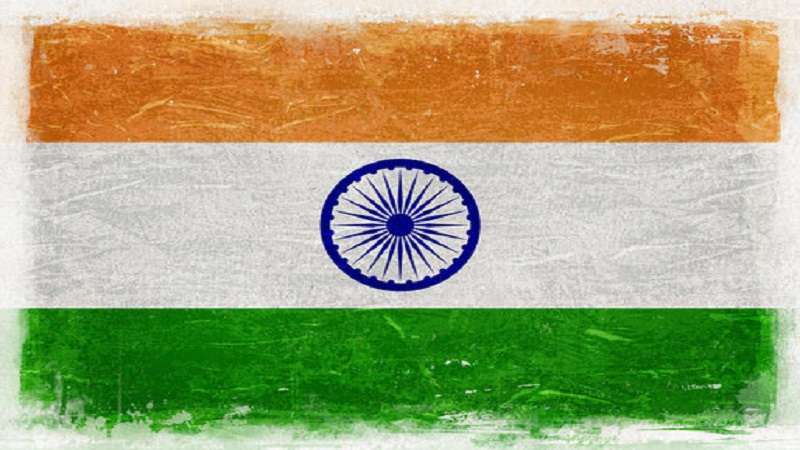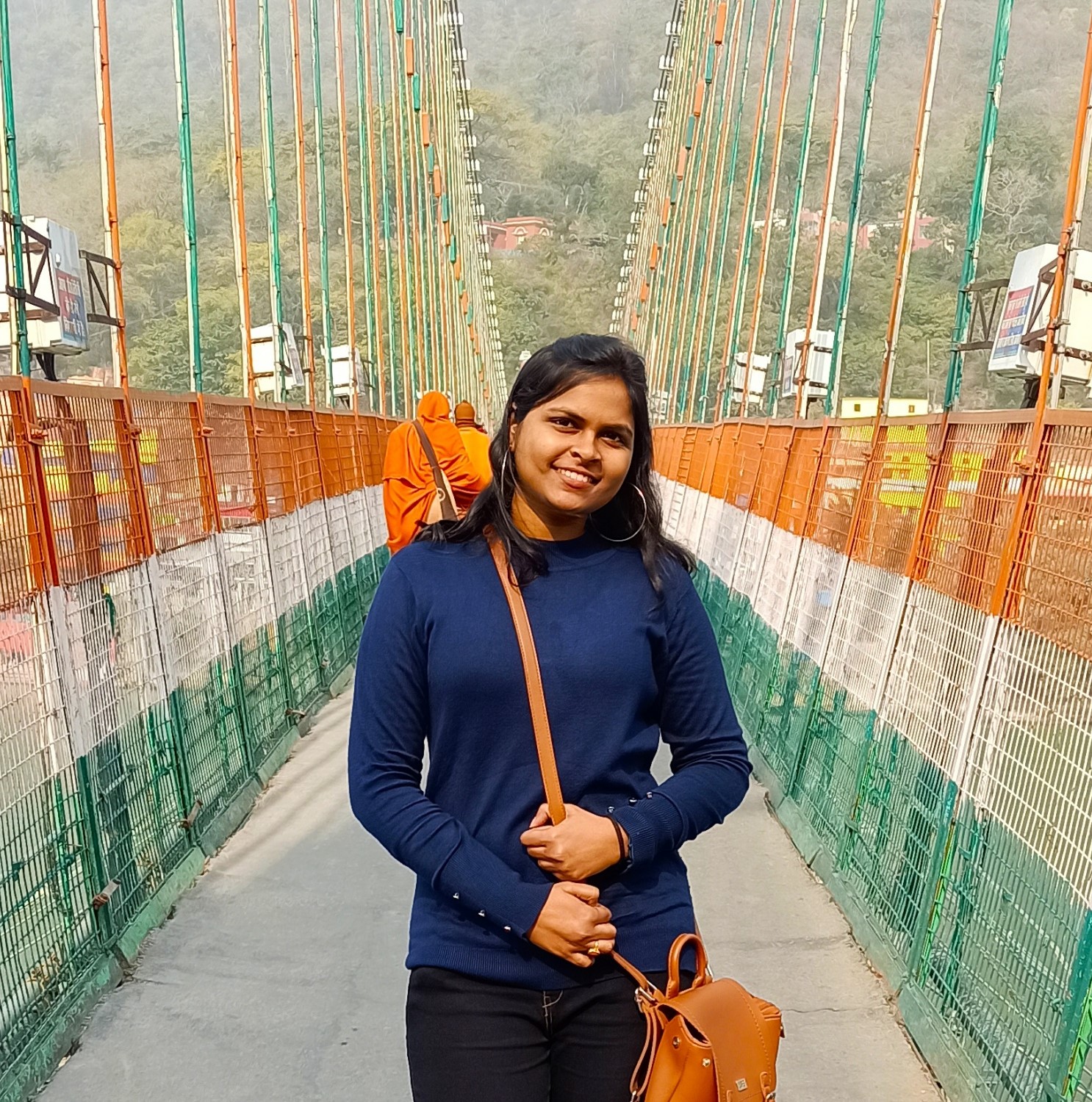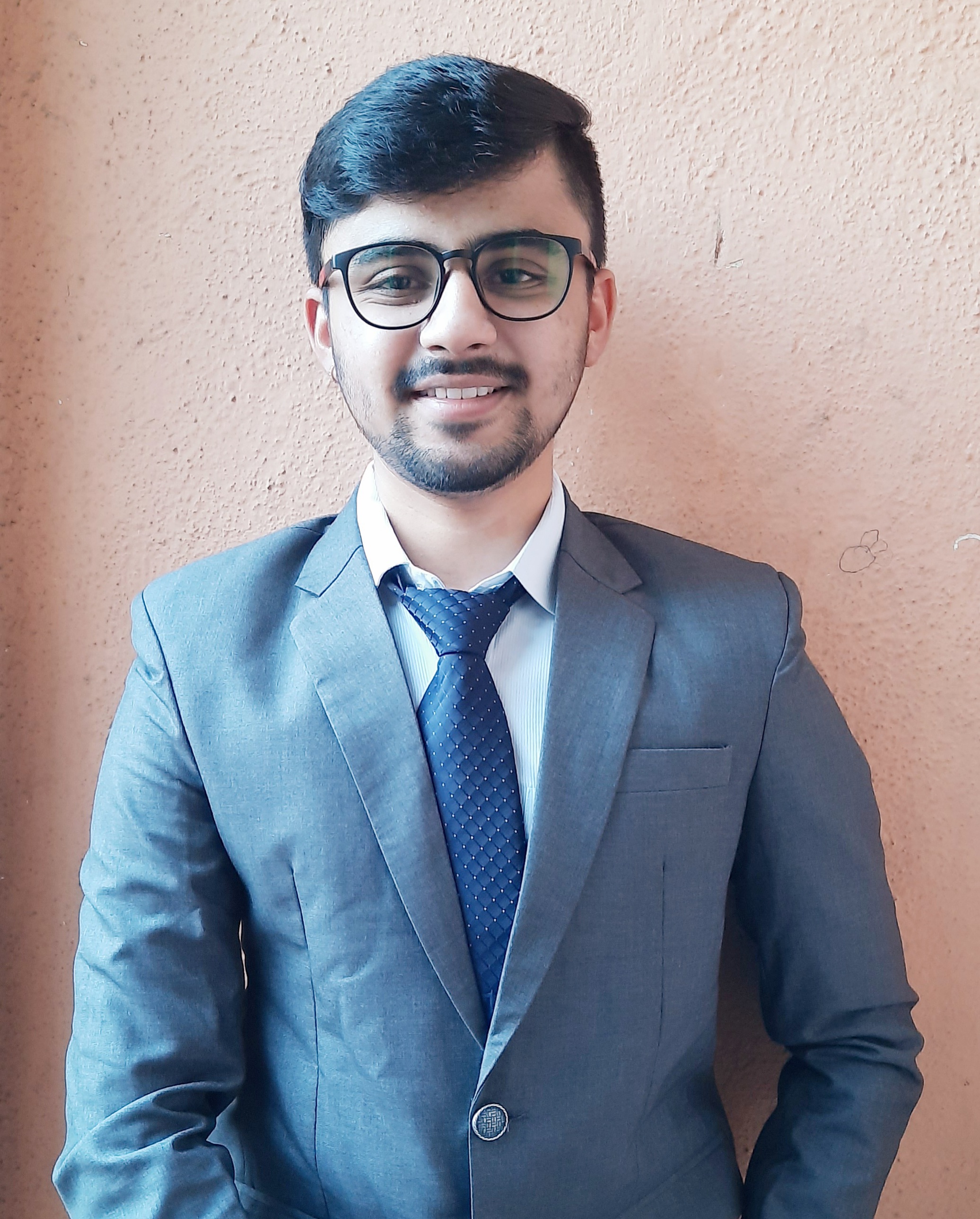Multiculturalism shaping urban development
Development
of a nation depends on an important aspect that is human resources. In
developing countries, migration is the biggest challenge and is one of the colossal
survival strategies for people who are seeking better livelihood opportunities.
The migration happens within varied countries, towns, cities, and villages
depending upon the need of the people. So with migration occurring from
different places also brings people with diverse cultures and religions
together at a place. Multiculturalism can be defined as the appreciation,
acceptance, or promotion of multiple cultures functional to the demographic
make-up of an explicit place, usually at the structural level. Multiculturalism
plays a major role in the development of any urban center. The developing
technologies, easy and convenient transport system, transit-oriented
development, improvement in communication, the need of human beings to
socialize with each other and acquire necessities, has been a constant increase
in the cultural mix of different places. This is the proper way to respond to
cultural and religious diversity where no religion can be ignored or biased
against but, it doesn’t give any practice or tradition an unrestricted right to
be performed and it is limited to the legal and the moral aspect of a region.
The multicultural urban center has the following notions that are discussed below;
- Increases
harmony in the nation by making people much more tolerant of each other’s
cultures.
- Intermixing
of different cultures provides a unique art, fashion, style, etc.
- Helps
people acquire literature and taste of different eras and histories of
development. Also, it instills a concept of peace and brotherhood among
people and hence maintaining the harmony of the nations without which they
cannot progress.
- With
cultural mixing, food, taste, belief, style of living, clothing, medical therapy, etc. many things have gradually evolved.
- Immigration
has advantaged nations and individuals themselves and hence inter-mingling
of culture acts as a benefiting factor for the nations as a whole.
- The
immigration of people provides an increased labor force and hence provides the increased productivity to the nation. Also, these poor immigrants occupy the cheaper and underdeveloped areas of the city developing those undeveloped areas.
- Develops
an easy understanding of children’s distinct cultures and learn newer and more efficient ways which might not be there in the families.
- Gives
the country, economic benefit and allows learning about many things.
Sustainable
development aims in providing social protection for the poor and vulnerable,
increase access to basic services and help people from extreme climate-related
events and other social, economic, and environmental disasters. Multicultural
services are basic services and equal access for all men and women, including
the poor and the vulnerable, should be guaranteed. Cultural expressions,
services, goods, and heritage sites can contribute to inclusive and sustainable
economic development.
Sustainable development aims to eradicate hunger and all forms of malnutrition and provide
universal admittance to safe, nutritive, and adequate food throughout the year.
With cultural diversity, traditional knowledge related to the preservation of
existing genetic resources should be acknowledged and preserved, and the impartial
sharing of the relevant assistance should be endorsed. For the development of
people and communities, we should integrate the cultural factors that include traditions, knowledge, and practices into local strategies.
Sustainable
development seeks to ensure a healthy life and promote well-being for all.
Participation in diverse cultures would help in integrating local customs,
traditional style health system, and practitioners, which would help in
familiarizing varied treatment methods.
Sustainable development aims to ensure that all children have access to quality childhood
development and can complete excellent primary and secondary education also intents
in empowering girls and women. Educational programs need to integrate cultural
diversity, languages, the role of cultural aspects, and arts education at all
stages. Therefore, adopting a local strategy linking educational policy and
cultural policy would induce diverse education on communities, language, art
and architecture, cultural belief, and religious belief. Integrating the gender
dimension in cultural policy to foster gender equality and addressing gender
discrimination.
Sustainable
development involves the attainment of continued per capita economic growth,
with advanced levels of economic productivity and development-oriented policies
that would support decent job creation and entrepreneurship. Multiculturalism
would help in creating inclusive, sustainable, and fair employment.
To
ensure admittance to sufficient, safe, affordable housing, and basic services
we can follow traditional construction techniques and related knowledge and
materials can appraise methods to renovate existing buildings and design new
ones. Multicultural factors also induce protecting green spaces and heritage
areas for the development of cultural and religious activities.
Multiculturalism helps in
the all-round development of society.
Related Articles
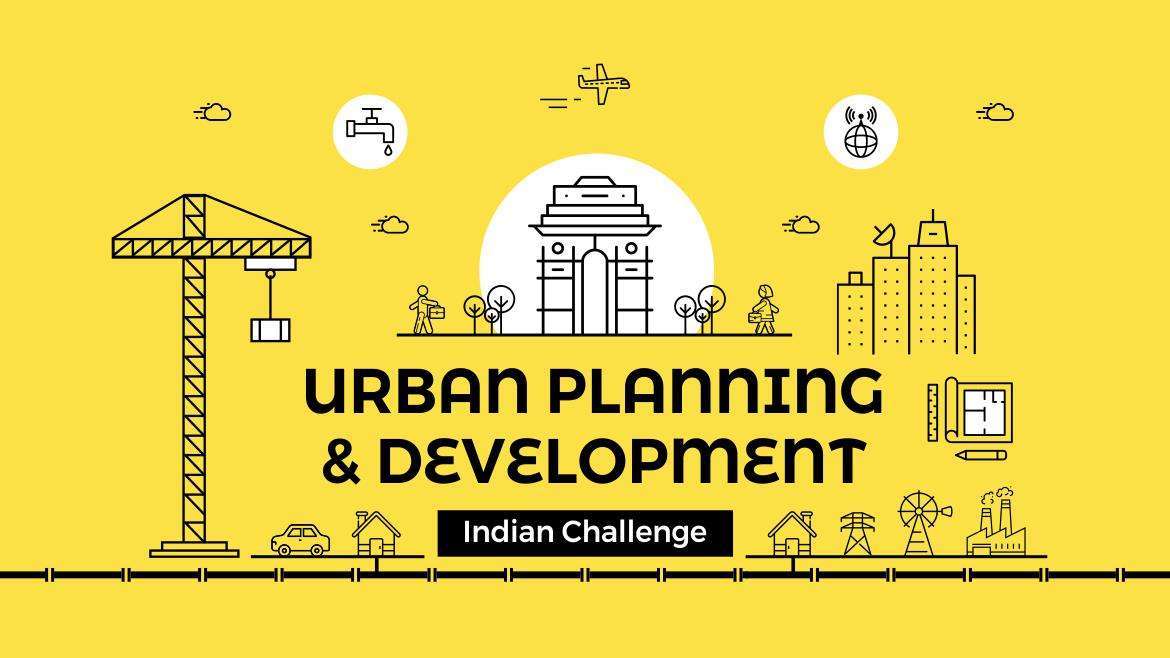
PLANNING IN INDIA
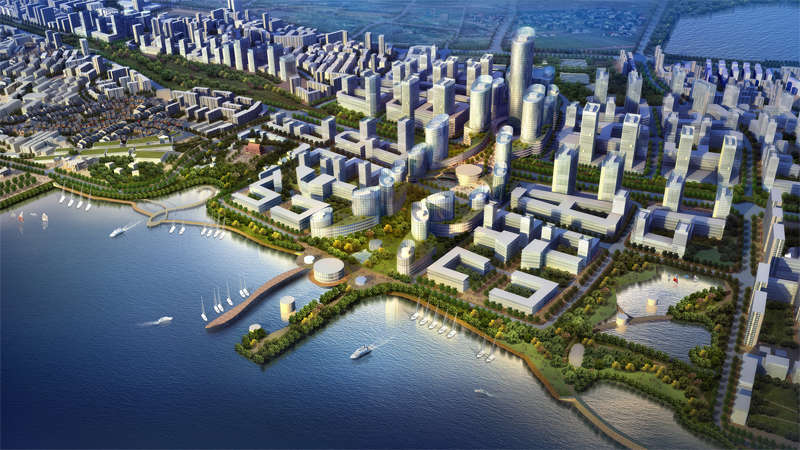
TOWN AND COUNTRY PLANNING ACTS- A CRITICAL ANALYSIS OF THE HARYANA DEVELOPMENT AND REGULATION OF URBAN AREAS ACT, 1975
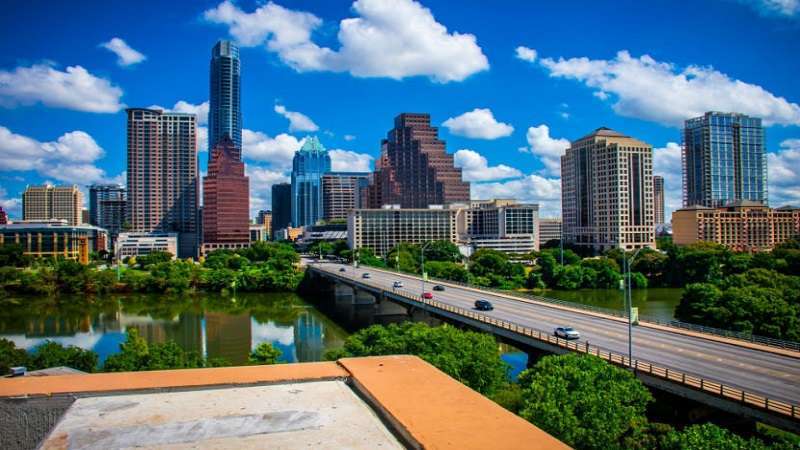
LOW CARBON CITY
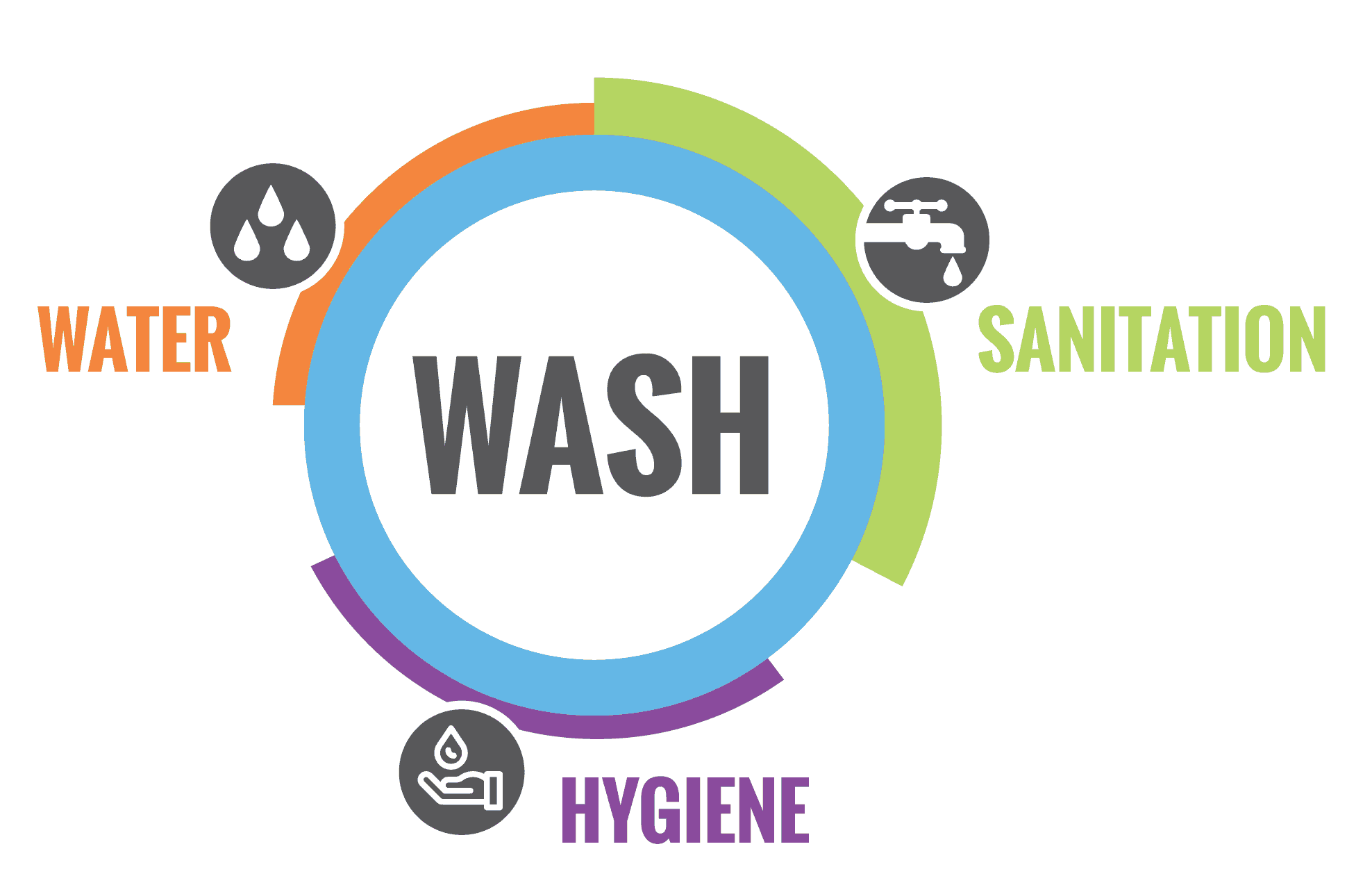
Assessment of WASH Systems in Indian Cities
